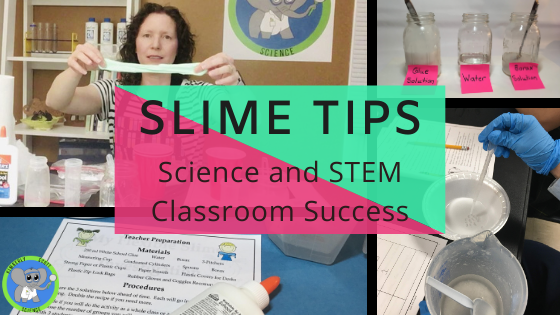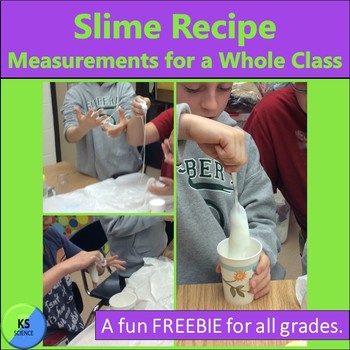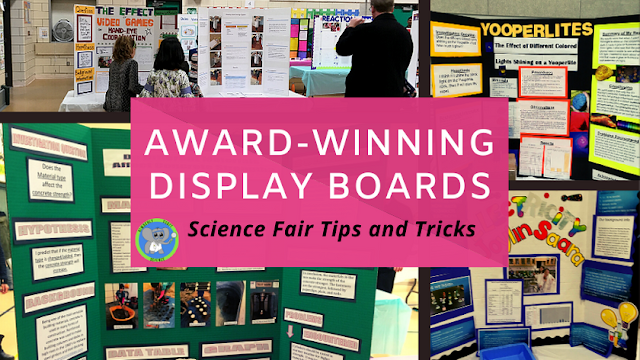Slime Science and STEM Classroom Tips
Slime Science is fun at any age. In the classroom, there are some things that will help make it go more smoothly. (We have learned from experience.) Here are some tips to help with organizing, preparing, cleaning, and enjoying your slime exploration. We hope it becomes a yearly activity in your classroom.
Slime Science and STEM Classroom Tips
1. You want to make sure you test your recipe and procedures first. It is important to know what your goals are for your slime lesson. Do you want clear slime, fluffy slime, or stretchy? Maybe you want students to discover how different glues work. This will help you to make any necessary changes in the recipe and procedures to make things run more smoothly.-Line the table with plastic tablecloths or garbage bags. At the end of the activity, wrap up the mess and throw it away.
-Provide lots of paper towels.-Have hand wipes to help get off any slime.
3. Prepare the two solutions ahead of time. The classic borax slime recipe involves two mixtures. We like to mix them ahead of time. All the kids need to do is mix them together. The first is the water and borax, and the second is the glue and water solution. Mix in a big batch and just measure the amount for each student.
4. Laminate the directions and solution cards. This is a must! It will help keep students organized, and the pages will not get messy. Just wipe them clean. We use laminated solution cards. One card says glue solution, and the other says borax solution. Students place the container on each card. This keeps them from getting mixed up.
 |
| Each group is given a tray of supplies. The paper is laminated. It shows the steps and contains a circle for them to place the container. |
5. Give each group member a role. This will create teamwork and reduce mistakes. Suggested roles would be a supply person, measurer, reader, recorder, and a designated person for asking the teacher questions. Learn more about our Good Lab Practices group roles here.
6. Finally, just breathe. Mistakes will happen. Have extra solutions. Ask students what they learned from their mistakes. You learn just as much, if not more, from your failures. It will all be worth it.
LEARN MORE
Shop this Post
 |
| Fourth and Fifth Grade on Up |











